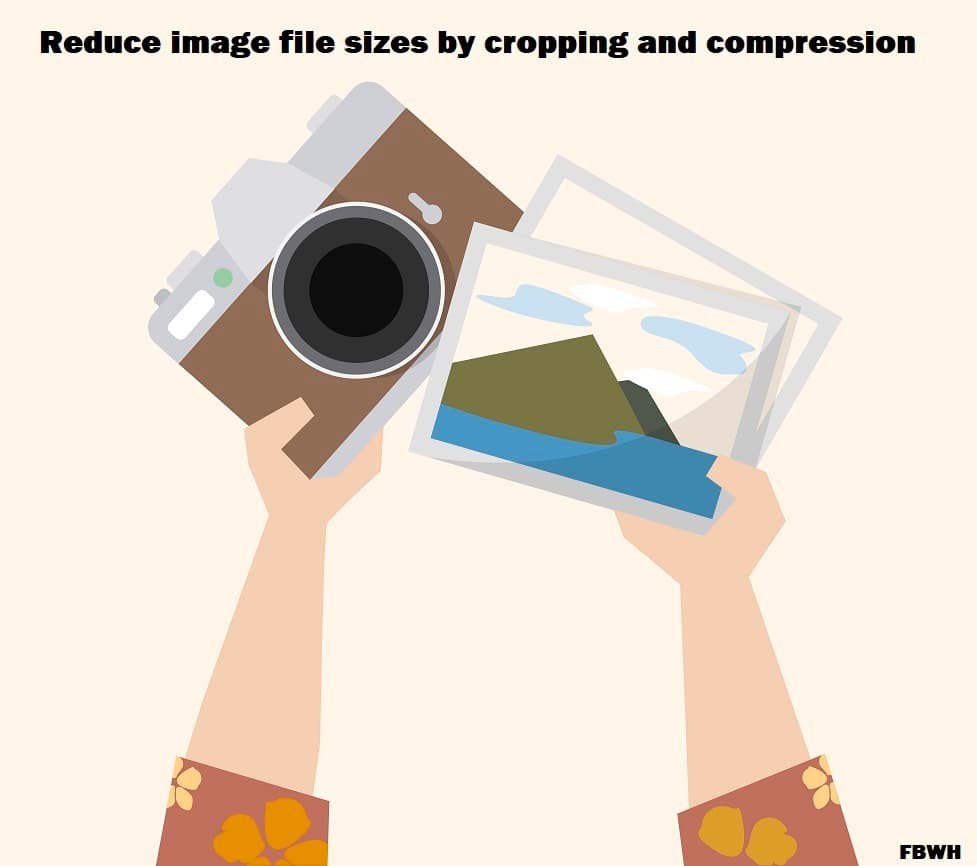Web server performance is at the core of end-user satisfaction.
If your server response times are longer than your users expect, you could lose plenty of visitor traffic, conversions and sales. When building a website, the developer’s primary focus is on getting the site to function. Speed and performance is sometimes seen as afterthought that can be dealt with later.
Unfortunately, due to the urgency that characterizes the end of a software development project, performance optimization doesn’t get as much attention as it should by the time the website is deployed to production. There are tools that you can use to bring your website uptime monitoring to the future .
Ideally though, you should enhance your website’s performance well before it’s rolled out. Apply the following tips to reduce your web server’s response times.
1. Contain Bloat
Websites that are built and managed via a content management system (CMS) such as Magento or WordPress are at high risk of accumulating bloat. That’s because CMS platforms create tons of files and code in the background in order to present a friendly user interface and control panel.
But even for websites that don’t run on a CMS, there’ll be a steady accumulation of obsolete images, files and code as you make changes. Eventually, you’ll have a lot of things in your web server and code that you no longer need. These can lengthen response times.
Ergo, regularly review files and pages so you can get rid of what’s superfluous. For medium to large sites, it may not be possible to do this process manually. Fortunately, there are plenty of cleanup tools that automate this process.
2. Use a Content Delivery Network (CDN)
Visitors to your website are deeply diverse in terms of the devices they use, the Internet plans they are on and the location they connect from. The unique circumstances of certain users such as a slow network or a low-spec device may predispose them to experiencing higher server response times compared to their peers.
As the site owner, you have to ensure your site accommodates all kinds of users. Content delivery networks (CDNs) make it easier to do that. CDNs are a collection of servers spread across data centers in different locations that serve as an intermediary between a user and a content owner.
The content owner pays for the CDN service located closest to the end user. That way, the content becomes available to the end user’s device much faster than it would be if it were being retrieved directly from the website.
3. Compress Images
Images often comprise the largest share of a web page’s size. If your server’s response time is long, chances are that the images have a lot to with it. You can reduce image file sizes by cropping and compression.
Cropping would get rid of the spaces you don’t need along the edges of the image which in turn reduces overall file size. Compression involves converting your image files to a more compact image format such as JPEG.
4. Optimize the Database
Not every website has a database but if you are using your site for ecommerce, it’s almost inevitable that you’ll have one or more databases for capturing product, customer and transaction information. If the databases aren’t optimized for performance, the slow speed of read, write and queries will lengthen web server response times.
Rewriting queries, changing schema and leveraging indexing are just some of the ways you can ensure your website runs as per expectations.
5. Review and, If Need Be, Change Your Host
Your website doesn’t exist in a vacuum. It sits on the web server of a hosting provider . Due to this dependence, your host or hosting plan can affect your website’s response time. If you have optimized your site in every way possible yet there’s still some substantial unexplainable lag in performance, it’s probably time to check whether your host could be the cause.
You could start by upgrading to a higher level plan with the same host. If that doesn’t help, then switching to a different host may be your only option.
If your website’s response times are unsatisfactory, it’s time to apply these tips to make sure your customers and users will keep coming back.
ABOUT Alycia Gordan
Alycia Gordan is a freelance writer who loves to read and write articles on healthcare technology, fitness and lifestyle. She is a tech junkie and divides her time between travel and writing. You can find her on Twitter: @meetalycia


